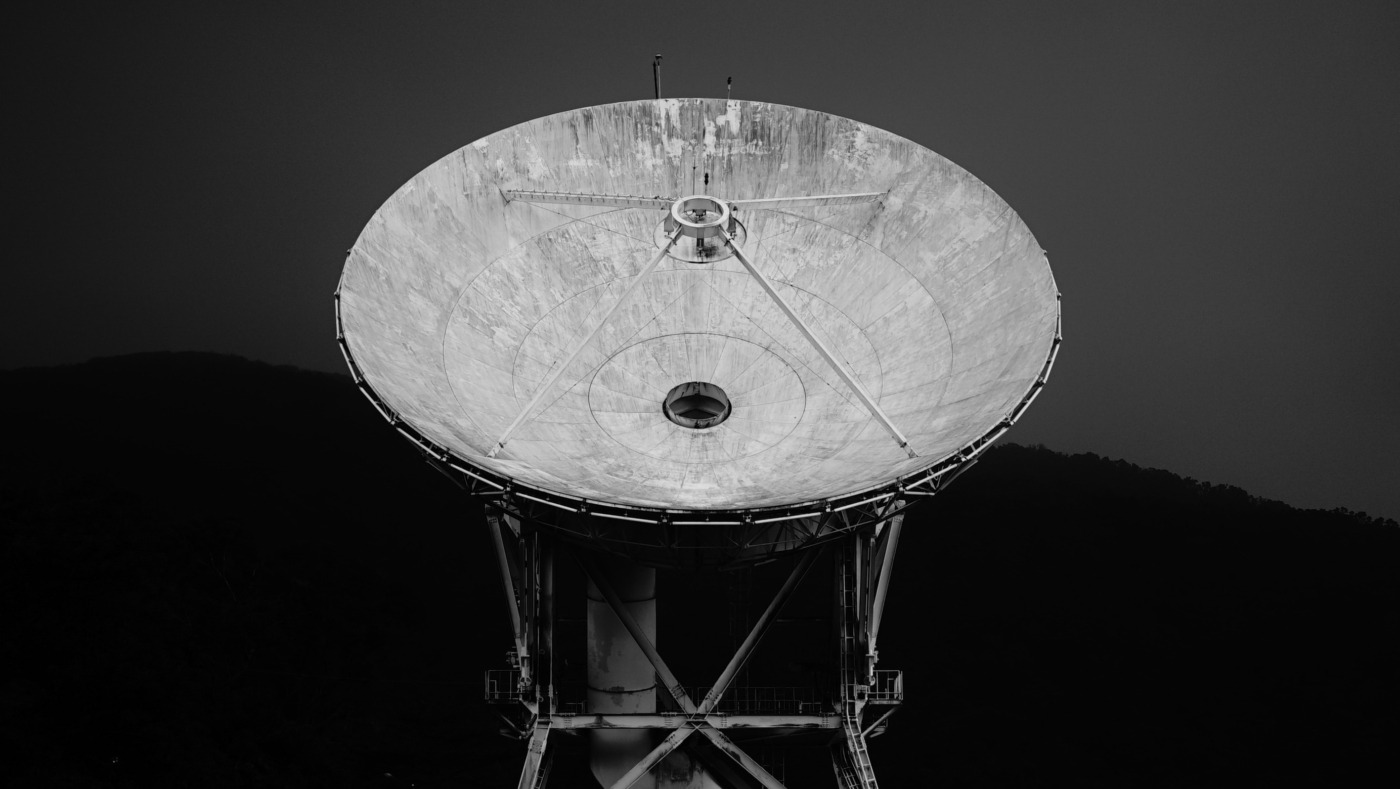Black Hole: Caught on Camera
If seeing is believing, then scientists have finally proved the existence of one of the universe’s most famous and elusive phenomena, by capturing the first-ever image of a black hole.
Black holes are mysterious regions in space from which nothing, not even light, can escape. Contrary to how it may seem though, they are not empty, and actually contain a huge amount of matter packed tightly into a small area. This phenomenal density gives them an enormous gravitational pull, allowing scientists to observe the effects they produce on their surroundings. Since they were first predicted by Einstein’s theory of relativity – though Einstein himself was sceptical of their existence – astronomers have been able to gather overwhelming evidence that black holes exist, including the recent detection of gravitational waves that ripple across the universe when pairs of them collide. But they’re so dark and distant that nobody had ever seen one – until now.
Black holes are mysterious regions in space from which nothing, not even light, can escape. Contrary to how it may seem though, they are not empty, and actually contain a huge amount of matter packed tightly into a small area
Well, not exactly. The black hole itself is unobservable; what we see is its event horizon. This is the region of space beyond the black hole where it is impossible to escape its gravitational forces – a “point of no return” where no light or matter can travel fast enough to avoid its pull. Objects that pass into this event horizon are thought to go through “spaghettification” – a process first described by Stephen Hawking, where matter is stretched out like a piece of pasta. In this space, reality as we know it is distorted beyond recognition.
The image itself is a composite photo that was captured by the Event Horizon Telescope (EHT), a network of eight radio telescopes that span across the world. Launched in 2017, the EHT had two targets: the black hole at the centre of the Milky Way, Sagittarius A*; and the supermassive black hole located in galaxy M87, which is 500 million trillion km away from us and three million times larger than the Earth (that’s larger than our entire solar system!). The latter is what they managed to capture.
The image itself is a composite photo that was captured by the Event Horizon Telescope (EHT), a network of eight radio telescopes that span across the world
So how did they do it? The success of the project required clear skies on several continents simultaneously, and impressive coordination between the eight teams spanning the globe, from Spain to Antarctica to Chile, timing their observations with atomic clocks that are accurate to within one second every 100 million years. The telescopes picked up radiation emitted by particles within the event horizon that are heated to billions of degrees and move at close to the speed of light, before they vanish into the depths of the black hole. On one night in April 2017, the conditions on all continents were just right, and the team was able to use all eight telescopes to get the data they needed.
The effort involved over a decade’s worth of research and a team of over 200 astronomers and computer scientists. The project was led by a group of scientists including Professor Heino Falcke, who first suggested the project in 1993, and Katie Bouman, who spent five years refining the CHIRP algorithm used to reconstruct the image, and many others. In fact, they produced so much data that it was unable to be sent across the internet, and had to be stored on hundreds of hard drives that were flown to processing centres in the US and Germany. They gave four separate teams the data and each independently applied the algorithm, all obtaining very similar results. Bouman said: “No one algorithm or person made this image. It required the amazing talent of a team of scientists from around the globe and years of hard work to develop the instrument, data processing, imaging methods, and analysis techniques that were necessary to pull off this seemingly impossible feat.”
The telescopes picked up radiation emitted by particles within the event horizon that are heated to billions of degrees and move at close to the speed of light, before they vanish into the depths of the black hole
Professor Sheperd Doeleman, EHT director and senior research fellow at Harvard, described the achievement as “an extraordinary scientific feat”, going on to say “We have achieved something presumed to be impossible just a generation ago […] Black holes are the most mysterious objects in the universe. We have seen what we thought was unseeable. We have taken a picture of a black hole.” In the future, his team hopes to create an image of their other target, Sagittarius A*, though this may be more difficult as it is smaller and less bright than the one in M87.

Comments